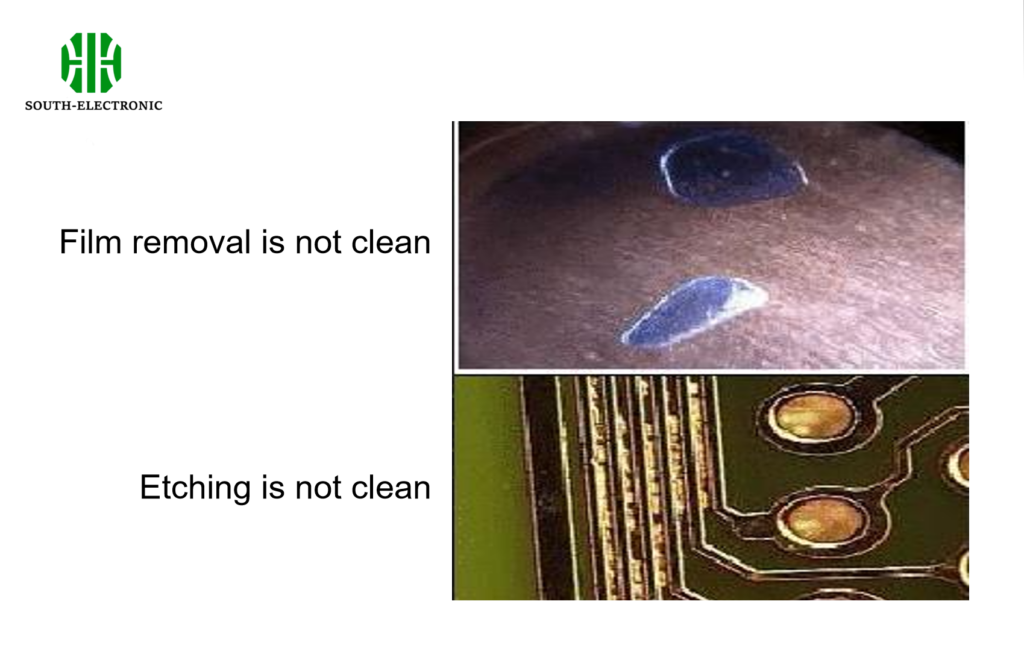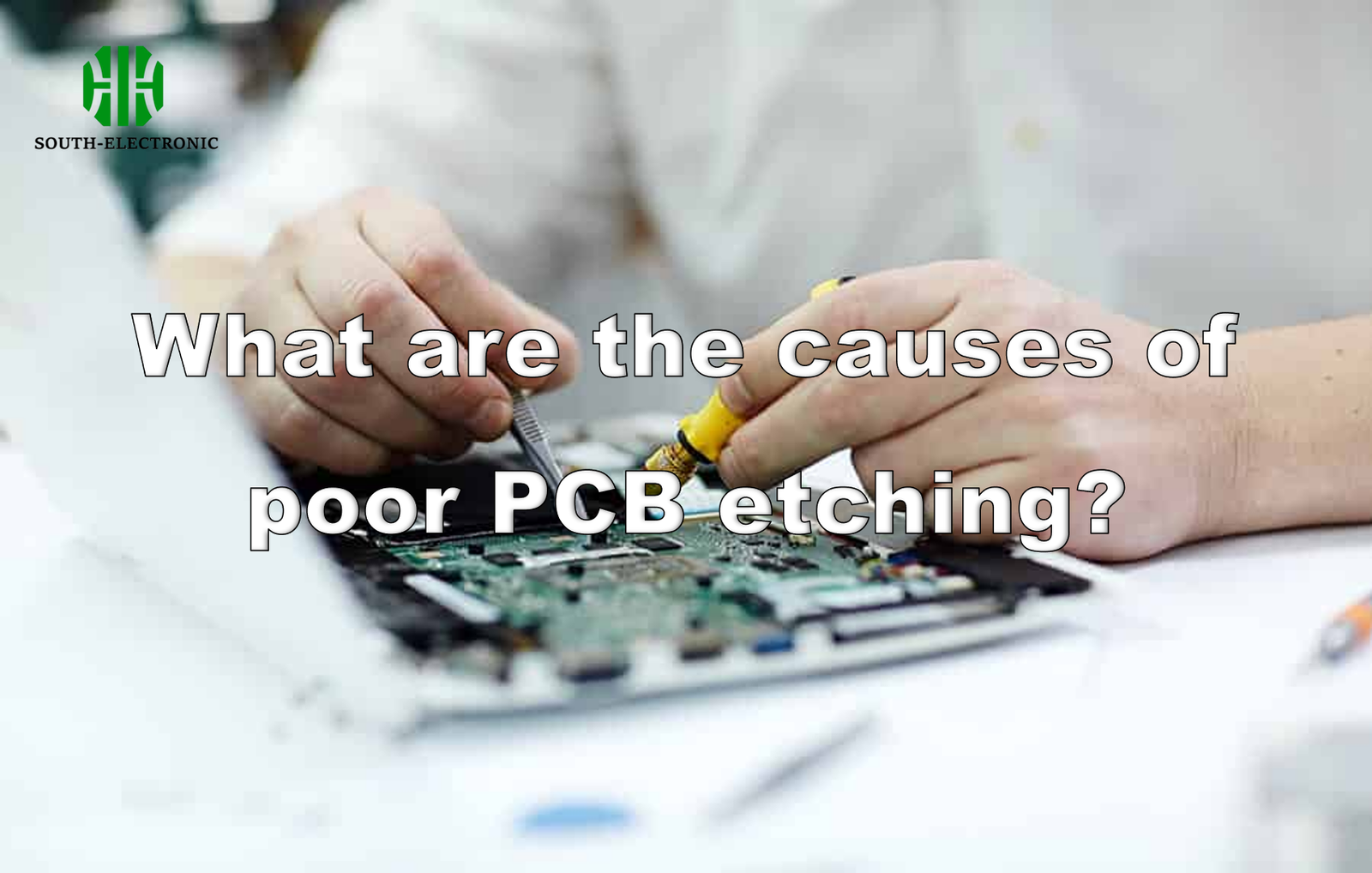In electronics manufacturing, PCB quality directly impacts the performance and stability of electronic products. Etching, a critical step in the PCB manufacturing process, has a decisive impact on the overall quality of the PCB.

From etching quality to interlayer etching, from over-etching to resist dry film erosion, to etching equipment maintenance, even the slightest deviation can lead to a series of serious problems, ultimately impacting the PCB’s final yield and reliability. An in-depth analysis of various issues in the etching process during PCB manufacturing:

-
Etching Quality: Etching quality requires the complete removal of all copper layers except the underlying resist layer, including consistent trace width and undercutting. Incomplete etching or improperly controlled undercutting can lead to narrowed trace spacing and even short circuits.
-
Interlayer Etching: When the plating thickness is greater than the dry film thickness, incomplete etching can occur, leading to interlayer short circuits. This is particularly common in products with high wiring density.
-
Over-etching: Excessive etching can cause trace thinning or even open circuits, compromising circuit integrity.
-
Dry film resist erosion: Dry film resist erosion can compromise trace integrity and even lead to PCB failure, posing significant risks to production stability and quality assurance.
-
Improper etching equipment maintenance: Inadequate equipment maintenance can lead to uneven etching and PCB failure. Therefore, maintaining equipment cleanliness and regularly replacing worn parts are crucial.
The above analysis demonstrates that the electroplating process in PCB manufacturing requires strict control of process parameters and equipment maintenance to ensure the quality and reliability of the final product.
Preventative measures for these adverse phenomena include optimizing process parameters, strengthening equipment maintenance, and improving operator skills.



